The world is full of magnificent creatures that we are hardly aware of. Besides the fact that the world is too big and full of secret place, some animals have simply decreased in population owing to senseless human activities. Today we bring you 10 such little known animals you didn’t know exists:
10. Amazon River Dolphin
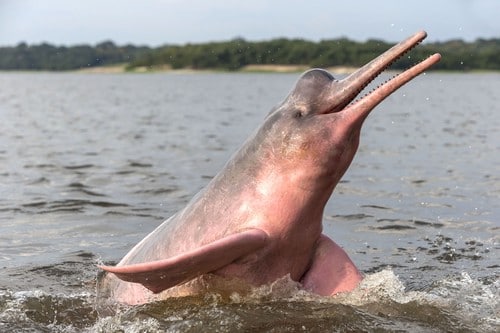
At number 10 amongst the little known animals – the Amazon River Dolphin, also known as the pink river dolphin due to the pink hue of its skin. An extremely rare colour for a fish or as a matter of fact any animal. It is found in the fresh waters of Tocantins River, Orinoco, Amazon of Brazil, Venezuela, Bolivia, Peru, Ecuador and Colombia. Commonly called “boto”, the unique pink dolphin is living under the threat of extension owing to over-fishing, habitat loss, massive boat traffic in the area, growing pollution etc. Not enough data is available on them right now.
9. Okapi
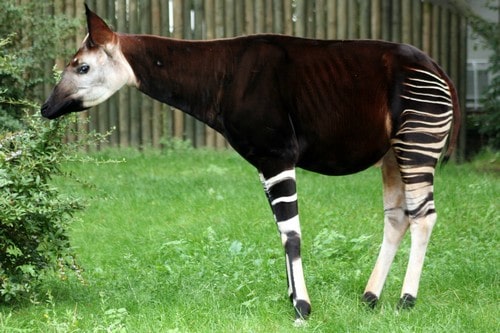
Found in the Democratic Republic of the Congo of Central Africa, the Okapi is a giraffid artiodactyl mammal. The strange looking animal is although bears horizontal stripes and rings on the legs and white ankles like that of zebra but are more closely related to giraffes than zebras. The okapi stands about 1.5 m tall and weighs something between 200 to 350 kg. The animal is very elusive and can be seen only during the breeding season. Largely herbivores, reside in canopy forests The International Union for the Conservation of Nature and Natural Resources (IUCN) classifies the okapi as Endangered and the reasons cited are over-logging, hunting and human encroachment.
8. Fishing Cat
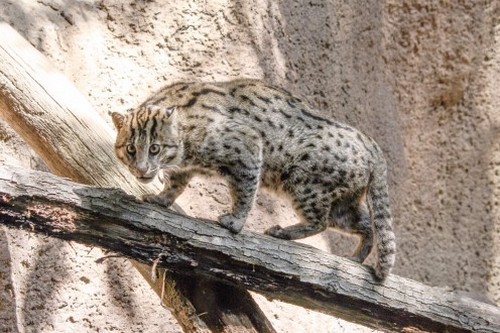
At number eight in the list of 10 little known animals is the fishing cat, usually found in South and Southeast Asia – living by the rivers, mangrove swamps, streams and wetlands. It is twice the size of a domestic cat and is masculine, stoic with short legs. Weighing from 5–16 kg, it has six to eight dark stripes running from behind the eyes to the nape and a number of black spots running longitudinally across the body. Extremely endangered, the animal is found in the Himalayan foothills of Indian and Sri Lanka. Its existence is speculated in Peninsular Malaysia, Pakistan and Vietnam but not proved.
7. Maned Wolf
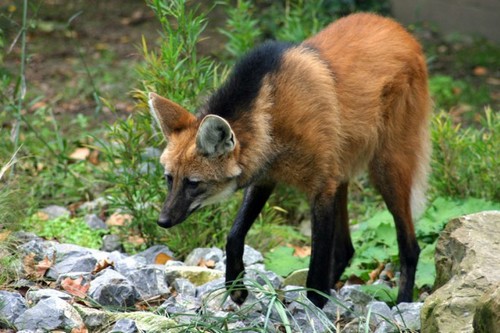
The maned wolf is South America’s largest canid and seems to resemble fox and wolves. Usually found in south, central-west, and south-eastern Brazil and a few other places, the mammal live to reside in grasslands, semi-open habitats with scattered trees and bushes. Called aguará guazú meaning “large fox”, the Maned Wolf weighs 23 kg, has weirdly long legs and is noted for its distinctive odour that it uses to mark its territory. As a result they have been nicknamed as “skunk wolf.”
6. African Wild Dog
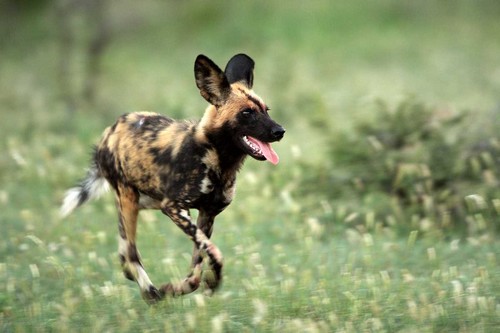
At number six amongst little known animals is the African Wild Dog. Also called the African painted dog or African hunting dog, it’s a canid found in the Sub-Saharan Africa. Known for having a hyper carnivorous diet, lives in pack and is said to be highly social animal. The dog has a long history dating back to hundreds of years but due to the scarcity of fossil finds, their evolution is not properly understood till date. The International Union for the Conservation of Nature and Natural Resources (IUCN) classifies the African Wild Dog as Endangered and the reasons cited are disease outbreaks, human persecution, and habitat fragmentation.
5. Nyala
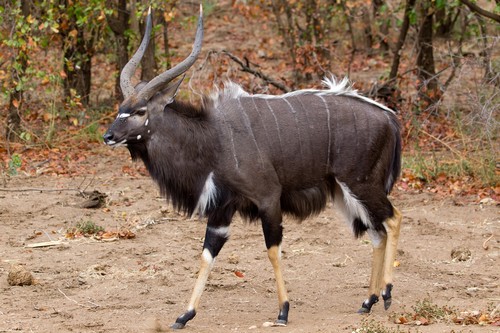
The Nyala also known as inyala, is a spiral-horned antelope native found in Southern Africa. In books, the Nyala was first mentioned in 1849 by George French Angas. Weighing something between 55–140 kg, the mammal is extremely powerful and the male Nyala features horns. Being shy and cautious creatures they stay clear of open spaces. They are herbivores and are found only in Swaziland, Zimbabwe, Mozambique, Malawi and South Africa. The male Nyala are highly prized game animals in Africa. The reason behind being so little in number is that the Nyala are constantly threatened by poaching and human encroachment.
4. Numbat
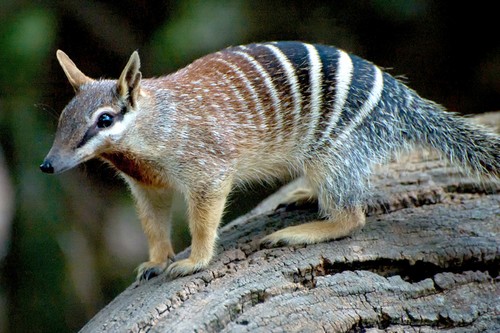
At number 4 of the 10 little known animals you didn’t know exists is the numbat, also called the banded anteater and are usually found in Western Australia. Their diets consist of termite exclusively. A highly endangered species today, the numbat used to thrive in Australia once upon a time now are restricted to only a few areas around the world. Conservation programs are underway. Their habitat consists of eucalypt forest and semiarid woodlands. Among its notable physical feature, the long narrow tongue that is coated with sticky saliva making it easy to get to termites in their nest. The mammal is an emblem of Western Australia and protected by conservation programs.
3. Gharial
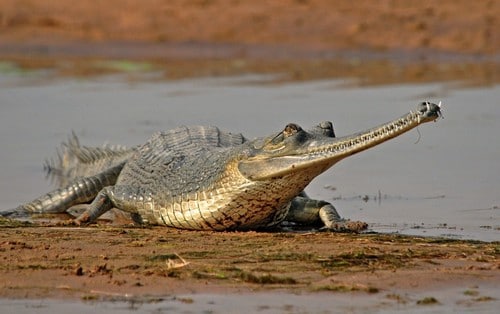
The gharial is a fish-eating crocodile and is found in the northern part of the Indian Subcontinent. Labelled on the IUCN Red List as a Critically Endangered species, only 235 individual gharials are left in our planet. It’s usually 3.5 to 4.5 m in size and has 110 sharp teeth and a long thin snout that enables it to catch its primary food – fishes quiet efficiently. The name gharial means earthenware pot in Hindi. Male gharials are known to have a structure at the end of their snout that looks like a pot, therefore the name.
2. Lowland Streaked Tenrec
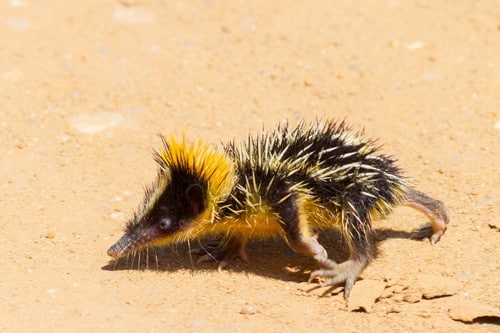
At number 2 amongst little known animals is the lowland streaked tenrec, small sized tenrec that is exclusively found in Madagascar. The tenrec is a result of convergent evolution and looks similar to hedgehogs, mice, otter etc. The lowland streaked tenrec is normally found in the northern and eastern parts of Madagascar inhabiting tropical lowland rain forest, out of sight. It is a small animal weighing about 200 grams feeds primarily on earthworms and other insects. The animal is used to living with family in long shallow burrows. It has a defence mechanism against predators, the barbed quills on its back and on the crest around its head can be erected and dived straight into the predators body to cause injury.
1. Fossa
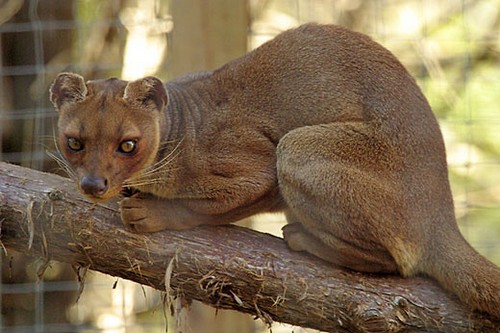
The fossa is a mammal endemic found in Madagascar. They are resemble cat in looks and behaviour and are carnivorous animal. Having controversial physical traits, the fossa is closely related to the mongoose family. In Madagascar, the fossa is believed to be the largest mammalian carnivore and carnivores are said to have first inhabited the island around 18 to 20 million years ago. Labelled by the International Union for Conservation of Nature as a vulnerable species, has experienced population depletion by at least 30 percent between 1987 and 2008.

